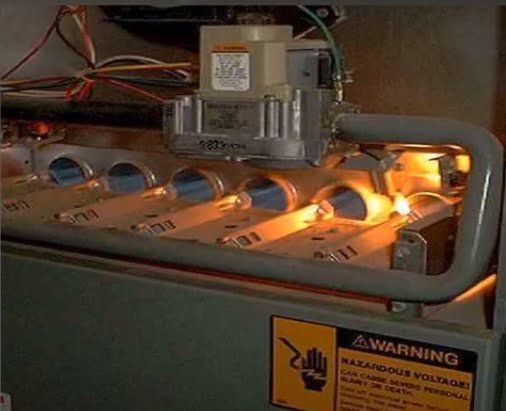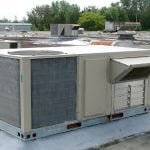Introduction
Let dive into the right option about Standing Pilots vs. Hot Surface Ignitors. In the realm of heating systems, the decision between standing pilots and hot surface ignitors (HSIs) holds substantial weight in determining efficiency and overall performance. This comprehensive guide delves into the intricacies of these two ignition systems, providing a detailed analysis of their features, advantages, and drawbacks.
The Crucial Decision
Heating systems play a pivotal role in maintaining comfort within our homes and workplaces, and the choice of ignition system becomes paramount in ensuring optimal functionality. Whether to adhere to the traditional reliability of standing pilots or embrace the modern efficiency of hot surface ignitors is a decision that reverberates through the entire heating experience.
Standing Pilots vs. Hot Surface Ignitors:
What is a Standing Pilot?
A standing pilot is a perpetually burning flame in a heating system, ready to kindle the primary burner when the need for heat arises. This age-old system has been a steadfast traditional method for initiating the heating process in various appliances.
How Does it Work?
In a standing pilot system, a small flame is consistently lit by a dedicated pilot burner. Upon receiving the signal from the thermostat for heat, this pilot flame ignites the main burner, setting the heating process into motion.
Pros of Standing Pilots
| Advantages | Details |
|---|---|
| Reliability | The constant flame ensures a swift response when heat is required. |
| Ease of Maintenance | Simplicity in design makes standing pilots easy to maintain with regular checks ensuring the pilot flame’s continuous burn. |
Cons of Standing Pilots
| Disadvantages | Details |
|---|---|
| Energy Consumption | Continuous burning of gas leads to energy wastage, especially when the heating system is inactive. |
| Older Technology | With advancements in heating technology, standing pilots are considered somewhat outdated. |
Hot Surface Ignitors (HSIs): Navigating Modernity
What is a Hot Surface Ignitor (HSI)?
In contrast to standing pilots, hot surface ignitors embrace a more modern approach to ignite the main burner. Instead of maintaining a continuously burning flame, HSIs utilize an electrically heated surface to initiate combustion.
How Does it Work?
When the thermostat signals the need for heat, the electrically heated surface in an HSI system reaches an intense temperature. This high heat then ignites the gas, commencing the heating process.
Pros of Hot Surface Ignitors
| Advantages | Details |
|---|---|
| Energy Efficiency | HSIs are more energy-efficient as they lack a continuous flame, reducing gas consumption. |
| Compatibility with High-Efficiency Systems | Modern and high-efficiency heating systems often integrate HSIs for optimal performance. |
Cons of Hot Surface Ignitors
| Disadvantages | Details |
|---|---|
| Maintenance Complexity | While generally reliable, HSIs can be more complex to maintain. Regular checks are necessary for optimal performance. |
| Initial Cost | The upfront cost of installing an HSI system might be higher compared to a standing pilot system. |
Conclusion
In the standing pilots vs. hot surface ignitors debate, the choice is nuanced and depends on various factors. Understanding the detailed pros and cons of each system empowers consumers to make an informed decision aligning with their heating needs, energy efficiency preferences, and maintenance considerations.
FAQs: Addressing Common Concerns
Q1: Which ignition system is more energy-efficient?
A1: Hot Surface Ignitors (HSIs) are generally more energy-efficient compared to standing pilots, as they don’t have a continuous flame burning when the heating system is not in use.
Q2: Are standing pilots outdated?
A2: While standing pilots have been a traditional choice, they are considered somewhat outdated compared to modern alternatives like Hot Surface Ignitors (HSIs).
Q3: Do HSIs work with all heating systems?
A3: HSIs are compatible with many modern and high-efficiency heating systems, making them a versatile choice for various applications.
Q4: Is the maintenance of HSIs more complex than standing pilots?
A4: Yes, the maintenance of Hot Surface Ignitors (HSIs) can be more complex than standing pilots. Regular checks are essential to ensure optimal performance.
Q5: Which system has a quicker response time?
A5: Standing pilots generally have a quicker response time as the flame is continuously burning, ready to ignite the main burner when heat is needed.





